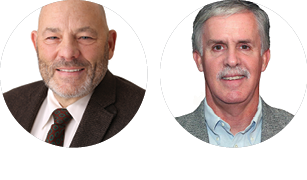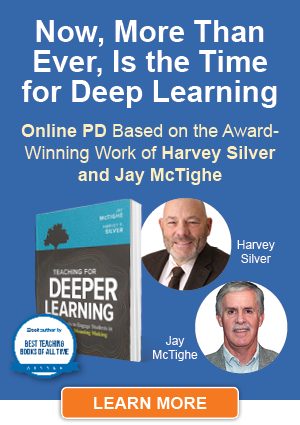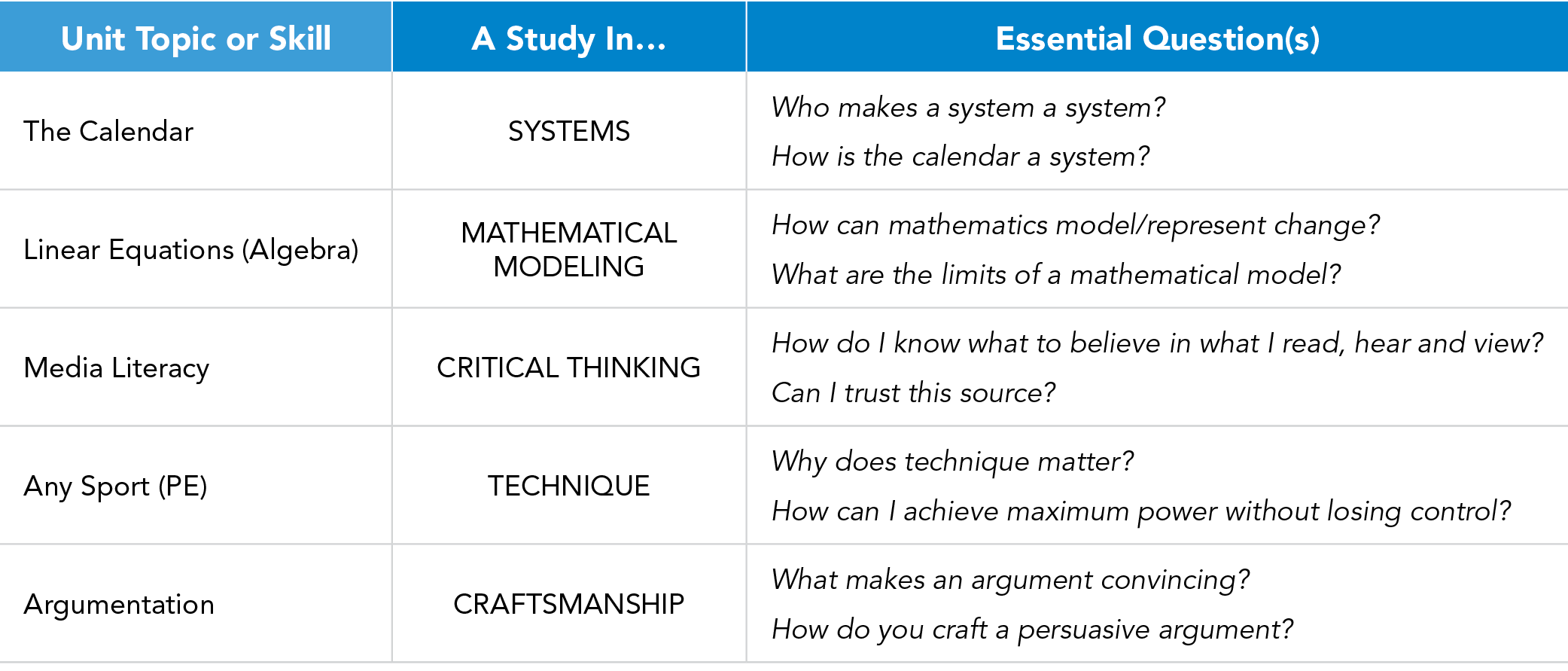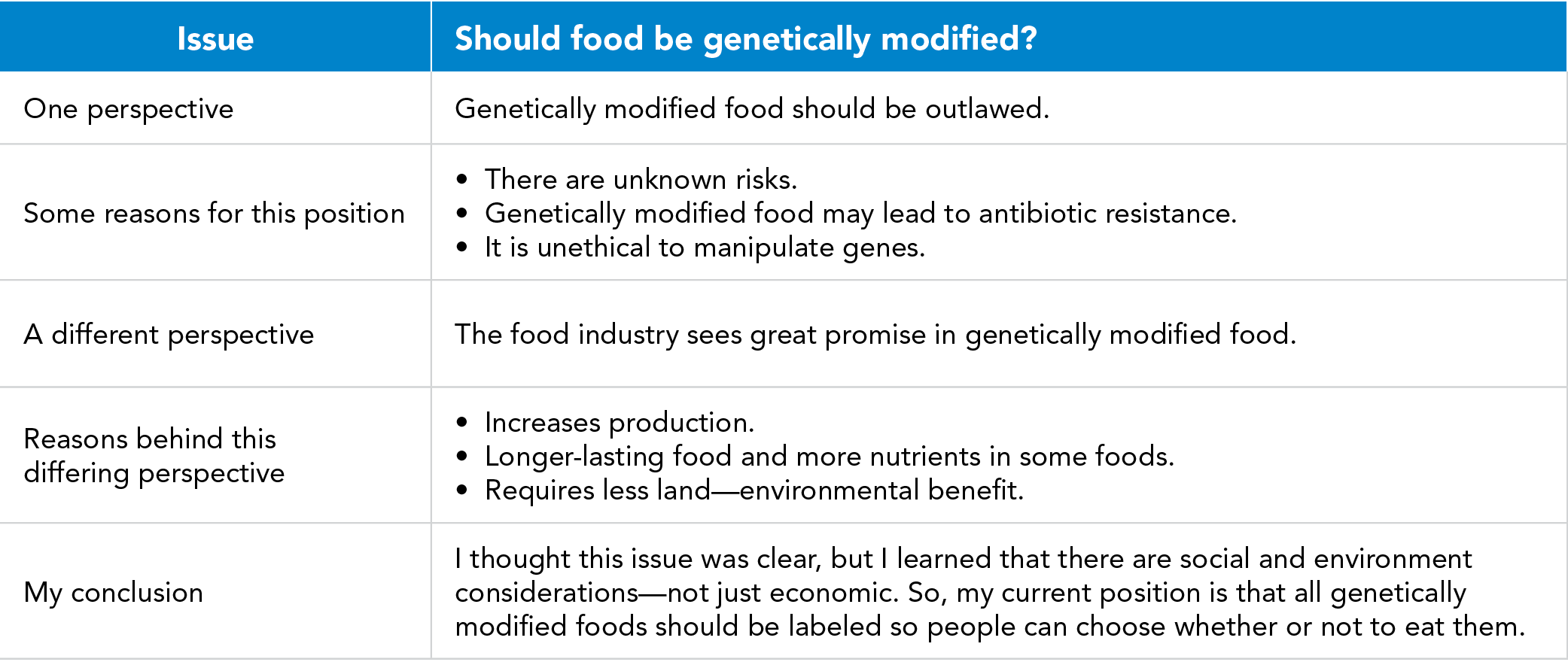Learning Loss: Are We Defining the Problem Correctly?
| by Harvey F. Silver and Jay McTighe | May 17, 2021 |

Let’s stop trying to “make up the distance” by teaching more content faster and instead use this opportunity to lay strong foundations that will propel our future efforts.
 This problem definition reflects that trusty formula, D=RT (Distance = Rate x Time) that you’ll probably remember from your own school experience. This way of thinking about learning loss implies a gap, a distance to be covered (or recovered). And since we only have so much time to work with our students, the rate, or the speed at which we teach, becomes the lone variable we can manipulate. If educators view the problem of learning loss in terms of rate and time, the natural solution would be to speed up curriculum coverage to “make up” for all of the content that was missed. Indeed, the temptation to try to make up for lost instructional time by teaching our content even faster is understandable. At the classroom level, this solution could take the form of cutting out any of those time-consuming learning activities such as discussion, debates, hands-on science investigations, art creations, and authentic performance tasks and projects. To make up for missed material, teachers could double up on lectures and homework. However, we contend that such a “coverage” solution is based on a faulty definition of the problem that will inevitably result in superficial and disconnected learning that will not last. So how should we define the problem? Since the term, learning loss, begins with learning, the focus of our “solution” should start there. Rather than asking, How can we make up for all of the content that was not covered?, we propose framing the problem differently around two key questions:
This problem definition reflects that trusty formula, D=RT (Distance = Rate x Time) that you’ll probably remember from your own school experience. This way of thinking about learning loss implies a gap, a distance to be covered (or recovered). And since we only have so much time to work with our students, the rate, or the speed at which we teach, becomes the lone variable we can manipulate. If educators view the problem of learning loss in terms of rate and time, the natural solution would be to speed up curriculum coverage to “make up” for all of the content that was missed. Indeed, the temptation to try to make up for lost instructional time by teaching our content even faster is understandable. At the classroom level, this solution could take the form of cutting out any of those time-consuming learning activities such as discussion, debates, hands-on science investigations, art creations, and authentic performance tasks and projects. To make up for missed material, teachers could double up on lectures and homework. However, we contend that such a “coverage” solution is based on a faulty definition of the problem that will inevitably result in superficial and disconnected learning that will not last. So how should we define the problem? Since the term, learning loss, begins with learning, the focus of our “solution” should start there. Rather than asking, How can we make up for all of the content that was not covered?, we propose framing the problem differently around two key questions:
- How might we prioritize the curriculum to focus on the outcomes that matter most? and
- How might we engage students in deeper learning that endures?
These questions set up our two-part solution to the problem of learning loss. First, prioritize the curriculum by focusing on larger concepts and transferrable processes, rather than trying to blitz through lots of factual information. Second, engage students in active “meaning making” by integrating specific thinking skills that help students process the targeted content to achieve more enduring (deep) learning.
Framing the Curriculum
In terms of our first solution, we suggest two practical ways of prioritizing the curriculum:
- For whatever content topic or skill you teach, name the curriculum unit, A Study In… (Silver & Perini, 2010) and focus on a transferrable concept or universal theme, and
- Frame the unit around Essential Questions. Rather than seeking a single answer, Essential Questions are open-ended—designed to stimulate thinking, spark discussion and debate, and raise additional questions for further inquiry (McTighe & Wiggins, 2013).
Figure 1 shows some of these two suggestions in action:
Figure 1 | A Study In… and Essential Questions in Action

Unit Topic or Skill | A Sudy In… | Essential Question(s) |
The Calendar | SYSTEMS | Who makes a system a system?
|
Linear Equations (Algebra) | MATHEMATICAL MODELING | How can mathematics model/represent change? |
Media Literacy | CRITICAL THINKING | How do I know what to believe in what I read, hear and view? |
Any Sport (PE) | TECHNIQUE | Why does technique matter? How can I achieve maximum power without losing control? |
Argumentation | CRAFTSMANSHIP | What makes an argument convincing? |
Regardless of whether the unit addresses a content topic or a skill, A Study In… establishes a conceptual lens to focus learning on transferable ideas, rather than isolated facts and discrete skills. And by exploring companion Essential Questions, students are engaged in inquiry and meaning making, rather than rote learning. Prioritizing the curriculum in this way establishes conditions ideal for the second part of our two-part solution to learning loss: engaging students in active meaning making.
Framing content around big ideas and actively engaging students in powerful forms of thinking is good practice—in any year, under any conditions.
Engaging Learners in Meaning Making
Understanding must be earned by the learner. Indeed, the phrases, coming to an understanding and making sense of… are suggestive of the fact that deep learning occurs over time as a result of an active process of meaning making. To learn deeply, students need to interact with content; e.g., by linking new information with prior knowledge, wrestling with questions and problems, considering different points of view, and trying to apply their learning to novel situations.
More specifically, we contend that students can actively “construct meaning” of content through the use of specific thinking skills—and the result is deeper learning. In our book Teaching for Deeper Learning (2020), we present a set of such thinking skills, including comparing, conceptualizing, reading for understanding, predicting and hypothesizing, and perspective taking and empathy. Teaching for deeper learning means integrating these skills into the curriculum so that students use thinking to drive their (deep) learning of big ideas and core processes. Here are few illustrative examples of learning activities that involve such active meaning making:
Predicting and hypothesizing in kindergarten. Kindergartners are being challenged to predict how high they can stack up blocks before their towers will fall. Students have to think of a way to express their predictions (e.g., “I think I will be able to stack the blocks up to my knee”, “I think I will be able to stack the blocks as high as my chair”), and then experiment with different ways to stack the blocks to see how they can make their towers as tall as possible. As they experiment, the teacher draws students’ attention to the towers that stack the highest, helping students to make a hypothesis: Towers with larger bases stack higher than towers with smaller bases. After students experiment some more and then examine pictures of different structures to test their hypothesis, the teacher explains that they have learned an important concept called cause and effect. This focus on cause and effect will become a yearlong inquiry for students, as they learn to use it to examine scientific phenomena, characters’ behavior in stories, and even their own attitudes and motivations as learners.
Perspective taking in middle school. Driven by the essential question, How should we explore a complex issue?, middle school students examine the promise and potential perils of genetically modified organisms (GMOs). The teacher chooses to integrate the thinking skill of perspective to challenge students to explore the issue from different sides. Before finalizing their own position on the issue, students use a Conflict Clarification Chart (Figure 2) to research and consider the use of GMOs from multiple vantage points.
Comparison in high school. As part of their exploration of “Great Debates in American History,” high school students are studying the educational philosophies of Booker T. Washington, who argued for a practical, trades-based approach, and W.E.B DuBois, who argued for a more intellectual, liberal-arts approach. Students compare and contrast the two philosophies, decide who makes the more compelling argument, and use what they learn from both thinkers to design their ideal educational program for success in today’s world.
Figure 2 | Conflict Clarification Chart

Issue | Should food be genetically modified? |
On perspective | Genetically modified food should be outlawed. |
Some reasons for this position | • There are unknown risks. |
A different perspective | The food industry sees great promise in genetically modified food. |
Reasons behind this differing perspective | • Increases production |
My conclusion | I thought this issue was clear, but I learned that there are social and environment considerations—not just economic. So, my current position is that all genetically modified foods should be labeled so people can choose whether or not to eat them. |
Conclusion
If there is one takeaway from this article, it is this: This approach is not a stopgap measure tied to current anxieties about learning loss. Framing content around big ideas and actively engaging students in powerful forms of thinking is good practice—in any year, under any conditions. Let’s stop trying to “make up the distance,” by teaching more content faster and instead use this opportunity to lay strong foundations that will propel our future efforts. As we return to “normal” in schools, let’s work toward the most important goal of all: deep learning for every student.
Put these ideas to work in your school or district with Harvey Silver and Jay McTighe’s new online program, Teaching for Deeper Learning.
References
McTighe, J., & Wiggins, G. (2013). Essential questions: Opening doors to student understanding. Alexandria, VA: ASCD.
Silver H. F., & Perini, M. J. (2010). Classroom curriculum design: How strategic units improve instruction and engage students in meaningful learning. Franklin Lakes, NJ: Thoughtful Education Press.
McTighe, J., & Silver, H. F. (2020). Teaching for deeper learning: Tools to engage students in meaning making. Alexandria, VA: ASCD.

